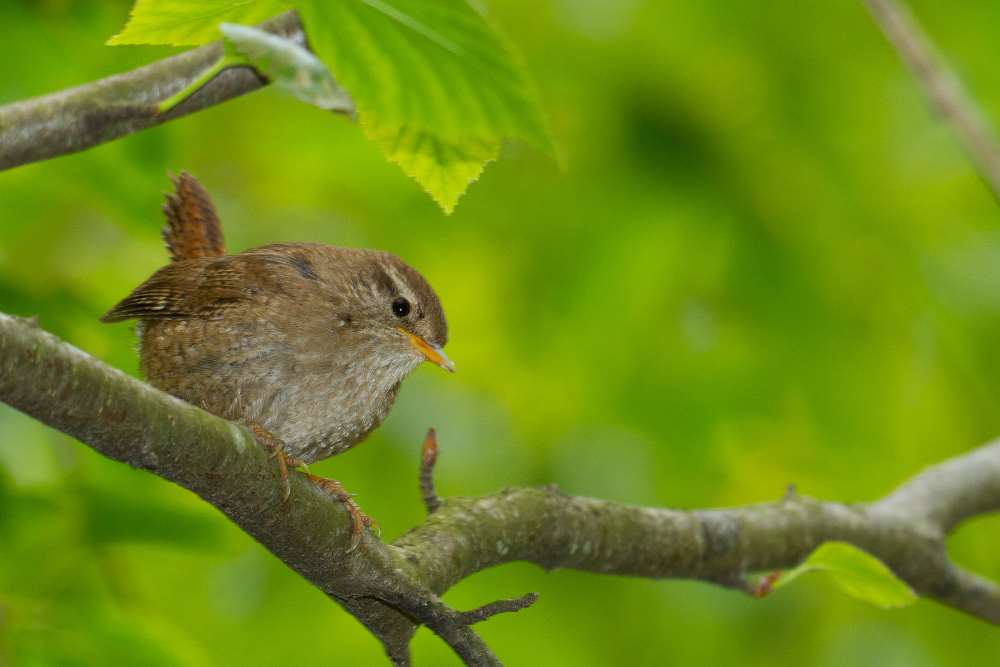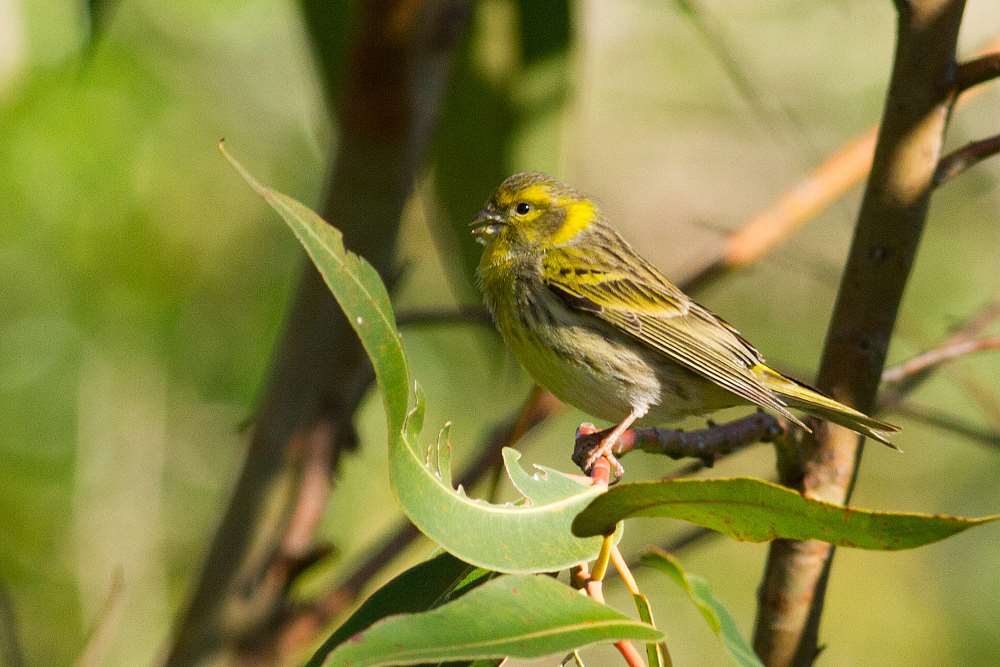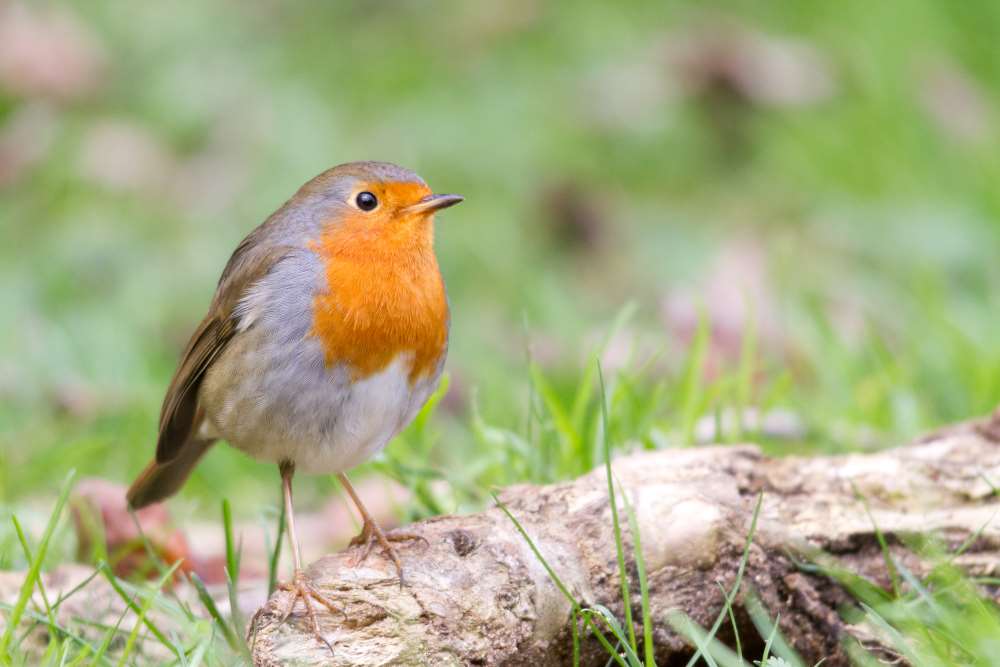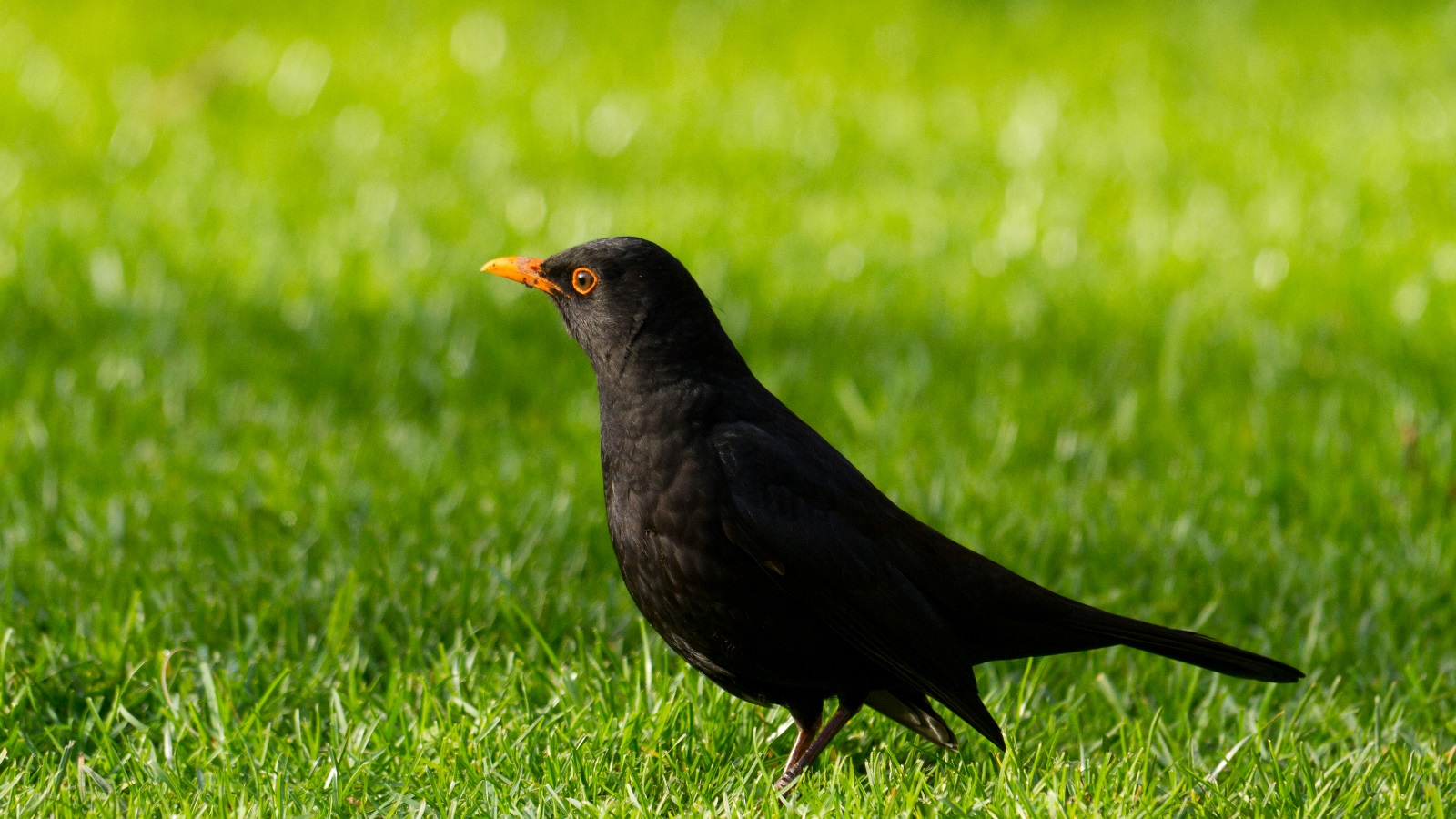Five songbirds to listen to in the Garden in March and April
A naturalist in the Gulbenkian Garden
It is during these days that the gardens are filled with a glorious cacophony of sounds that can fill our hearts with joy. At this time of year, birds sing because they are establishing or defending a territory and attracting or protecting a partner. Most singers are male and their favourite subject is reproduction.
Learning the sounds of birds is very useful because it’s more likely you’ll hear a bird than see it but it may take a while. It’s almost like learning a new language.
When you hear a bird singing, stop for a few minutes and listen carefully. You will see that it is possible to distinguish one species from the other by the sound and that it is often complex and wonderful.
To begin with, here are five spring songs:
Blackbird
Turdus merula

The blackbird has one of the most pleasant songs you’ll hear in Portugal, always sweet and simple. The cry of alarm that it emits as it flies away, when we get too close, is part of the symphony of any green urban green area. During this, the nesting season, blackbirds bring us music with their fluttering songs. According to the British naturalist Simon Barnes, “Blackbirds have defined, and perhaps in part created, our idea of songbird and they have contributed vastly to the way we understand it.”
Coal Tit
Periparus ater

This bird is typically found in forests. The repeated and strident singing of the coal tit is sometimes heard in the Gulbenkian Garden and other green areas in cities. According to Lars Svensson’s “Guide to Birds” it “looks like a small, bleached cousin of the great tit.” This species’ song is also similar to that of the great tit but sung faster, in a rapid succession of “pitchoo, pitchoo, pitchoo, pitchoo …”.
Wren
Troglodytes troglodytes

The wren is one of the smallest birds in Portugal but it is also the species with the strongest voice when compared to its size. About 10 centimetres long and weighing just 8 to 12 grams does not prevent it from producing a burst of alternating notes. Sometimes it ends with a strident and prolonged trill and this is what distinguishes it because once identified it will be difficult to mistaken the the wren’s sounds for that of other birds. Whilst it’s true to say that it does not always emit this final trilogy, in the spring it is more likely to do so, since this is when it is fully committed to defining its territory. It is very common in the Gulbenkian Garden.
Serin
Serinus serinus

The quiet and tingling chant of this small bird is tirelessly emitted by males during the breeding season, usually from high landings such as the top branches of trees, lamp posts or antennae. The singing of this passerine bird with a yellow head and breast sounds like a radio being tuned, some say it resembles a bunch of keys. It is easy to hear its call – and sometimes to spot it – all over Portugal, except in the Baixo Alentejo.
Robin Red Breast
Erithacus rubecula

The robin sings throughout most of the year. Robins, like most birds, are quieter in the height of summer when they are moulting their feathers, are more vulnerable and the last thing they want is to attract attention. But in the spring, they sing at full blast to find a partner and defend the territory where they will nest, often with the same partner as the previous year. They are the first birds to sing when the day begins and the last to go quiet when it gets dark. This bird moves between dense vegetation, where it is difficult to see, but lands on high places to sing.
Audio from xeno-canto.


